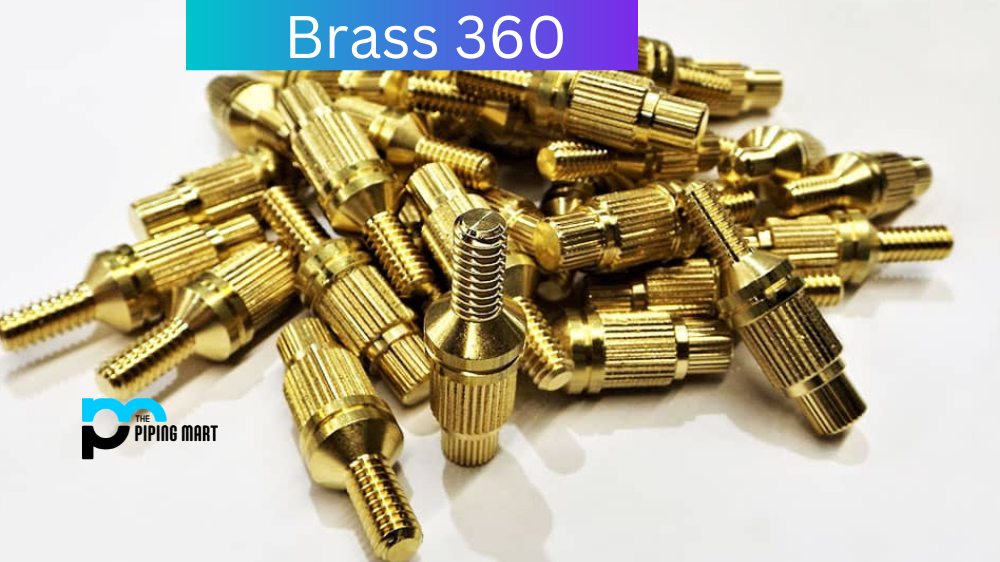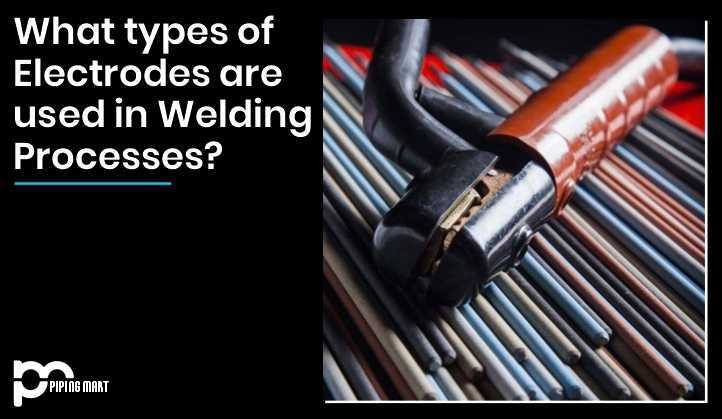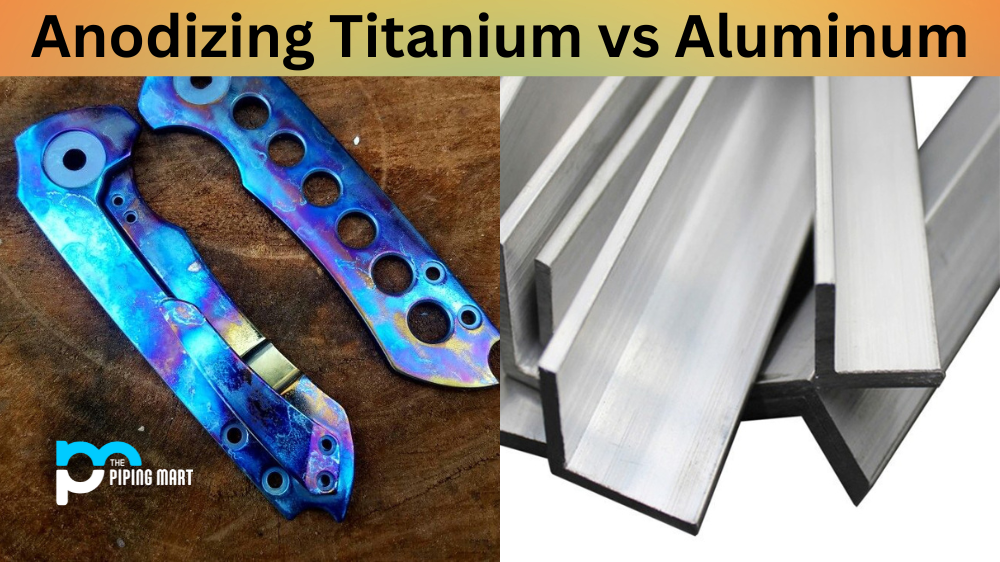Choosing the correct steel for your knife can be daunting, especially when faced with numerous options. Two of the most popular types on the market are 1060 and D2 steel. While both are high-performance steels, they differ in composition, properties, and usage. In this blog post, we will delve into the differences between the two and help you decide which one is better suited for your needs.
What is 1060 Steel?
1060 steel is a carbon steel widely used in knives and other cutting tools. It is often considered a mid-range steel, as it is not as strong as some higher-end steels like S30V, but it is also not as soft as lower-end steels like 420HC. 1060 steel holds an edge well and is easy to sharpen, making it a good choice for many users.
What is D2 Steel?
D2 steel is a high-carbon, high-chromium tool steel that is often used for knives and other cutting tools. It has a very high wear resistance, making it a good choice for those who use their knives heavily. However, D2 steel can be difficult to sharpen and require special techniques or equipment.
Difference Between 1060 Steel and D2
Strength
In terms of strength, D2 steel is superior to 1060 steel. This is due to the higher carbon and chromium content of D2 steel, which gives it a higher Rockwell hardness rating. However, 1060 steel is still vital for most applications and will hold well to heavy use.
Edge Retention
In terms of edge retention, D2 steel again outperforms 1060 steel. This is due to the higher carbon and chromium content of D2 steel, which gives it a higher wear resistance. However, both steel sheets will hold an edge well and will only require occasional sharpening.
Corrosion Resistance
Both 1060 and D2 steel have good corrosion resistance thanks to their relatively high chromium content. However, D2 steel has slightly higher chromium content than 1060 steel, giving it somewhat better corrosion resistance overall.
Ease of Sharpening
1060 steel is more accessible to sharpen than D2 steel. This is due to the lower hardness of 1060 steel, which makes it easier to put a new edge on the blade. However, both steel sheets can be sharpened relatively quickly and require occasional sharpening.
Cost
1060 steel is typically cheaper than D2 steel due to the lower cost of production. However, there are some exceptions to this rule depending on the specific manufacturer and supplier
Composition
The primary difference between 1060 and D2 stainless steel lies in their composition. 1060 steel is composed of 0.6% carbon, while D2 steel contains a combination of 1.5% carbon, 1% silicon, 11.5% chromium, and 1% vanadium. The additional components in the D2 steel result in higher resistance to wear and corrosion, making it ideal for knives that undergo heavy use. In contrast, 1060 steel, a simpler alloy, is easier to forge and sharpen.
Properties
1060 and D2 steel possess unique properties that suit their use in specific scenarios. 1060 steel is known for its exceptional toughness, durability, and edge retention properties. It is an excellent choice for knives that withstand heavy usages, like survival and combat knives. D2 stainless steel, on the other hand, has superior hardness and toughness. These properties make it ideal for blades that need to maintain a sharp edge for an extended period.
Usage
1060 steel is best suited for knives that require toughness and durability to withstand heavy uses, such as camping, hunting, and combat knives. Notably, knives made from 1060 steel are ideal for experienced knife users who can handle their sharpness. D2 steel, due to its superior edge retention, is often found on knives used for cutting through rigid materials like wooden boxes, leather products, and carpeting.
Maintenance
Both 1060 and D2 steel require proper maintenance to prolong their lifespan. D2 steel is particularly prone to corrosion and rust and requires frequent oiling to prevent the formation of rust. 1060 steel, due to its high carbon content, is susceptible to rust; however, rust can be removed with a bit of steel wool and oil.
Conclusion
Choosing the correct steel for your knife ensures its longevity and optimal performance. D2 steel is a modern steel that boasts superior hardness, toughness, and edge retention, making it perfect for blades requiring sharpness maintenance. On the other hand, 1060 steel is a simpler alloy known for its exceptional toughness, durability, and edge retention. Ultimately, the choice between the two will depend on your intended use for the knife and your personal preferences.

A passionate metal industry expert and blogger. With over 5 years of experience in the field, Palak brings a wealth of knowledge and insight to her writing. Whether discussing the latest trends in the metal industry or sharing tips, she is dedicated to helping others succeed in the metal industry.




